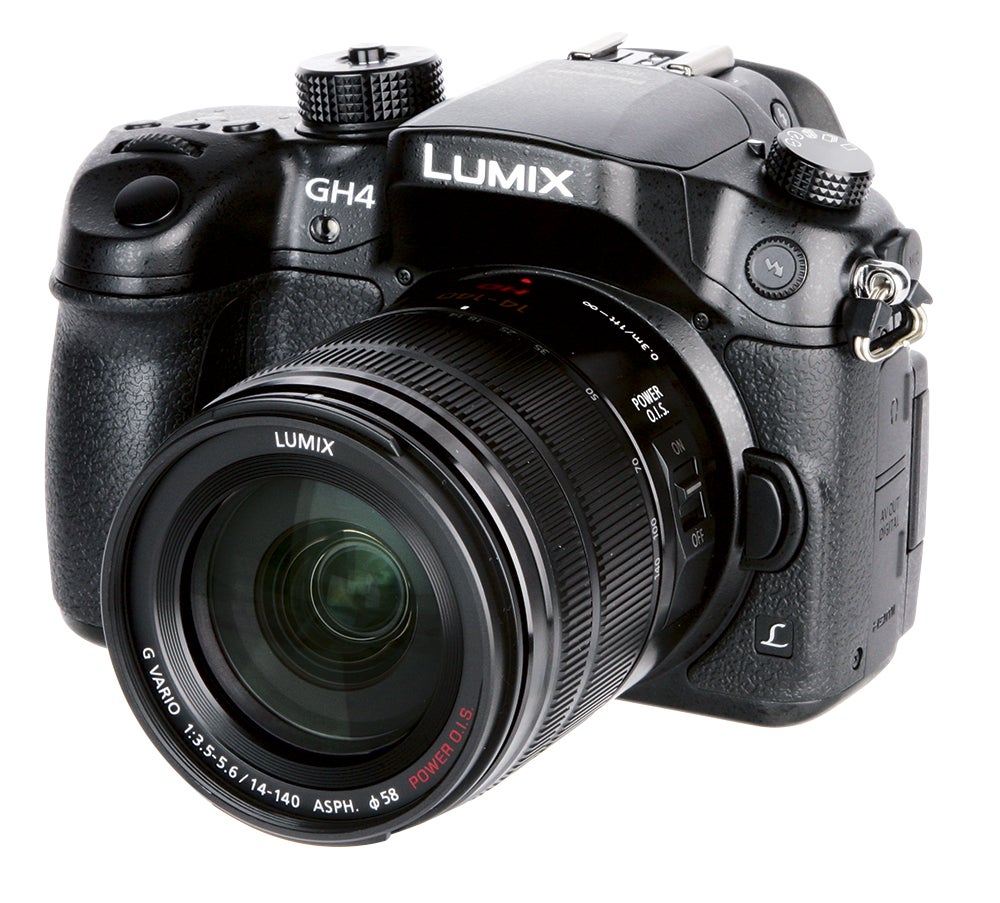Radio frequency technology has found its way into the world of photography, with some interesting results
Camera specification sheets now contain a large number of TLAs (three-letter acronyms). This year, one that has appeared in the specifications from several manufacturers is NFC (Near Field Communication). The ‘near field’ referred to is radio-frequency engineer’s jargon.
Radio antennae operate in different ways, depending on the distance between the transmitter and receiver. Our usual radio communication operates in the ‘far field’, when there is a substantial separation between the two. In the far field there is essentially no electromagnetic interaction between the devices; the transmitter launches an electromagnetic wave into space and the receiver collects it, but that action does not affect the transmitter. In the near field there is direct magnetic coupling between the devices, resulting in energy being transmitted from one to the other much more efficiently.
NFC was originally developed for use in contactless cards, the type of thing used for access control and more recently payment systems. It is a sub-branch of a technology called Radio-Frequency Identification (RFID). Most RFID systems use passive cards and tags; the chip in the card, which carries identification information, is powered solely by the incoming radio wave. When a wave impinges on this, it powers up and transmits back a signal, thus allowing contactless identification at a distance.
One disadvantage with conventional RFID is that it can be insecure. Quite powerful transmitters are required to provide enough energy for the receiver to function and these large radio fields are fairly easy to intercept. Since it operates in the near field, where energy transfer is much more efficient, NFC is much less likely to be intercepted and is therefore ideal for security and payment systems. Its range of operation is about 10cm, making it difficult to intercept without someone noticing.
NFC made its way into phones and tablets as a way of allowing these devices to be used instead of cards. A single device stores the details and emulates a number of cards, allowing it to act as an integrated wallet device. This meant that a proportion of these devices were built with a transmitter/receiver for NFC and it is this situation that camera manufacturers have started to take advantage of.
The main use for NFC on cameras is as an easy way to set up a secure Wi-Fi connection with a smartphone or tablet – it’s not used for image transfer itself. Rather than having to enter a password into the phone for the camera’s Wi-Fi network, or do lots of button pressing to authorise the connection, all that’s necessary is to tap the two devices together. The big advantage is that with a range of 10cm or less, there are unlikely to be interlopers to the communication, so there’s little chance of anyone else getting access to your camera or pictures.





